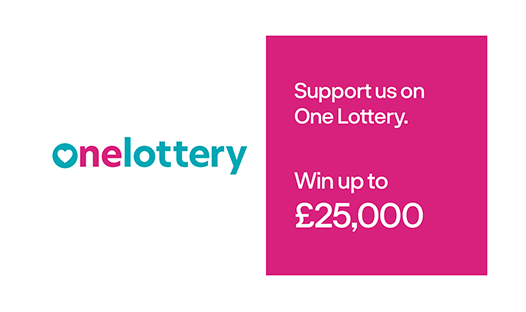New research 867: Opiate infusion for CH and TN
New research 867: Opiate infusion for CH and TN
World J Clin Cases. 2014 Aug 16;2(8):351-6. doi: 10.12998/wjcc.v2.i8.351.
Intracerebroventricular opiate infusion for refractory head and facial pain.
Lee DJ, Gurkoff GG, Goodarzi A, Muizelaar JP, Boggan JE, Shahlaie K.
Author information
Abstract
AIM:
To study the risks and benefits of intracerebroventricular (ICV) opiate pumps for the management of benign head and face pain.
METHODS:
SSix patients with refractory trigeminal neuralgia and/or cluster headaches were evaluated for implantation of an ICV opiate infusion pump using either ICV injections through an Ommaya reservoir or external ventricular drain. Four patients received morphine ICV pumps and two patientS received a hydromorphone pump. Of the Four patients with morphine ICV pumps, one patient had the medication changed to hydromorphone. Preoperative and post-operative visual analog scores (VAS) were obtained. Patients were evaluated post-operatively for a minimum of 3 mo and the pump dosage was adjusted at each outpatient clinic visit according to the patient's pain level.
RESULTS:
All 6 patients had an intracerebroventricular opiate injection trial period, using either an Ommaya reservoir or an external ventricular drain. There was an average VAS improvement of 75.8%. During the trial period, no complications were observed. Pump implantation was performed an average of 3.7 wk (range 1-7) after the trial injections. After implantation, an average of 20.7 ± 8.3 dose adjustments were made over 3-56 mo after surgery to achieve maximal pain relief. At the most recent follow-up (26.2 mo, range 3-56), VAS scores significantly improved from an average of 7.8 ± 0.5 (range 6-10) to 2.8 ± 0.7 (range 0-5) at the final dose (mean improvement 5.0 ± 1.0, P < 0.001). All patients required a stepwise increase in opiate infusion rates to achieve maximal benefit. The most common complications were nausea and drowsiness, both of which resolved with pump adjustments. On average, infusion pumps were replaced every 4-5 years.
CONCLUSION:
These results suggest that ICV delivery of opiates may potentially be a viable treatment option for patients with intractable pain from trigeminal neuralgia or cluster headache.
ATB
P.
Login to add comments






